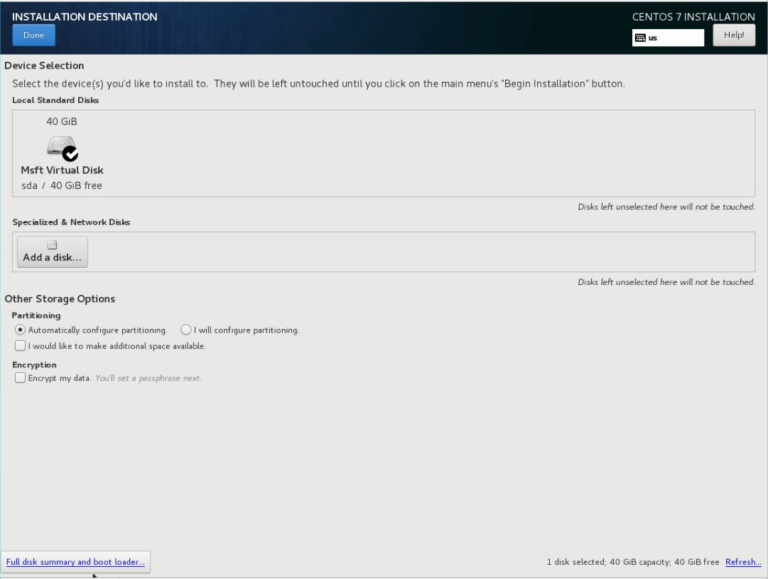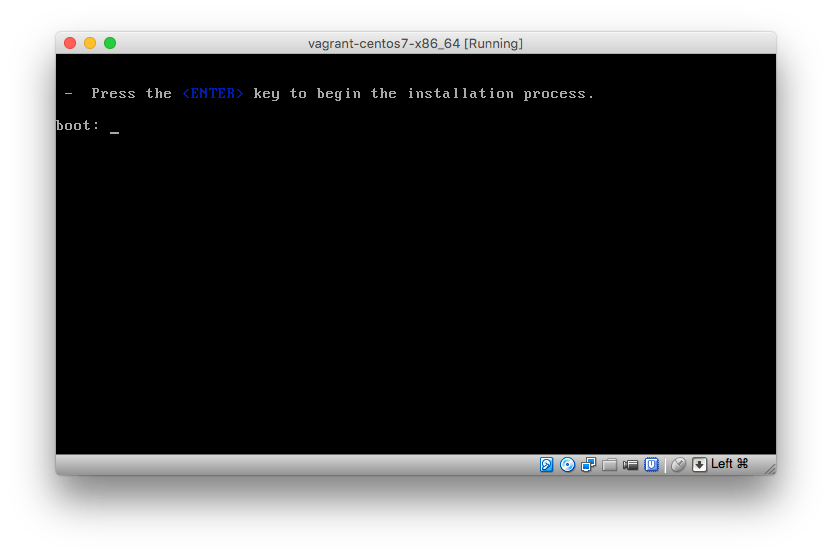

In our setup we have CentOS installed as can be seen from /etc/redhat-release output which we will upgrade to latest CentOS (at the time of writing this article) Release.Īdvertisements ~]# cat /etc/redhat-release CentOS Linux release (Core) Step 3: Mount CentOS ISO Imageīefore mounting the ISO Image locally you need to first setup the directory path where you want to mount the image. Step 2: Check Your Current CentOS Version You can check Top 22 YUM Command Examples in RedHat / CentOS 7 to know more about yum. You can check How to Add User to Sudoersto provide sudo access to User.ĭ) You should have yum command installed in your System.

You can download ISO Image from CentOS Official Downloadwebsite.Ĭ) You should have sudo access to run privilege commands. I will go through the steps to setup Local YUM Repository in below section.Īlso Read: Top 12 Nginx Commands Every Linux Admin Should Know Step 1: PrerequisitesĪ) You should have a running CentOS 7 System.ī) You should have CentOS 7.8 Minimal ISO Image Available in the System. For that purpose you need to setup a Local YUM Repository using a CentOS Image and then update your System from that local repository. Hence if someone want to update the CentOS version they cannot use the yum command to update his Server CentOS version from Internet. Many times you might have observed that few of the Critical or Production Servers which resides in a Secure Network Environment does not have access to Public Network. In this article, I will take you through the Steps to setup local YUM Repository on Linux (RHEL / CentOS 7) Using 8 Easy Steps.


 0 kommentar(er)
0 kommentar(er)
